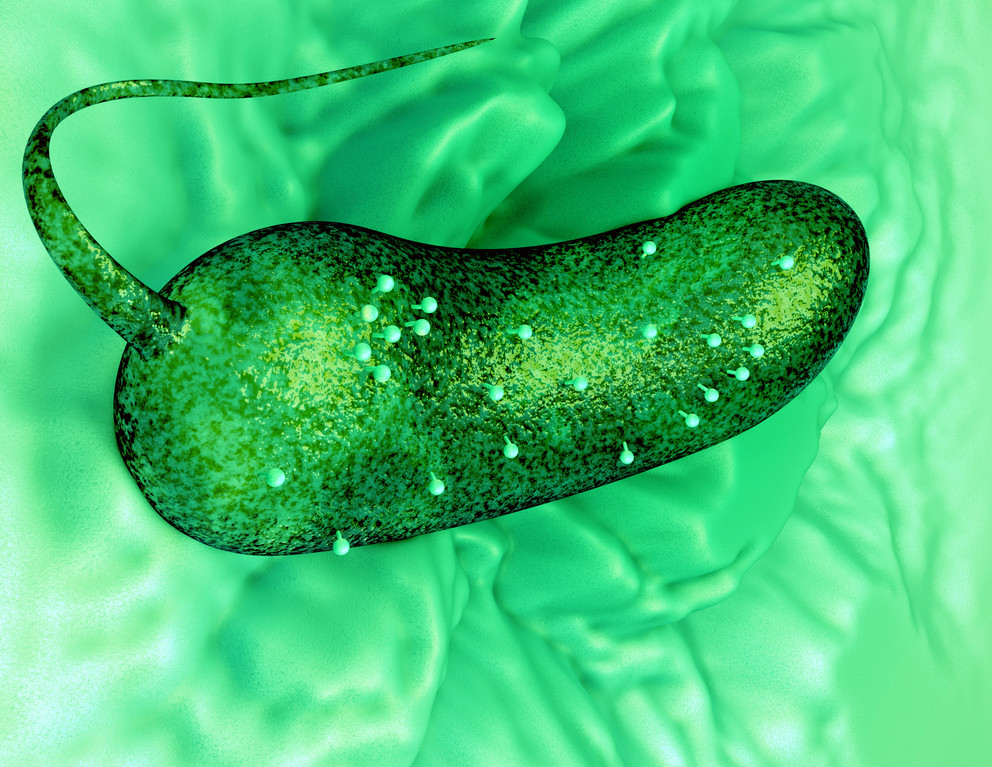WASHINGTON: Scientists have developed a new liquid-cell technology that allows them to see living biological materials and systems in three dimensions (3D) for the first time under an electron microscope.
“With this technology that we developed in collaboration with Protochips, scientists could analyse host-pathogen interactions, see a virus being introduced into a cell and watch molecular mechanisms take place in real time,” said Deb Kelly, a professor at Pennsylvania State University in the US.
“The work represents the world’s first nanoscale CAT scan in a liquid environment,” Kelly said.
In the journal Nano Letters, researchers report new insights into bacteriophage virus and host bacterium interactions that could in the future lead to methods to kill antibiotic-resistant bacteria.
Their images revealed structural features of the bacteriophage that were previously not well understood, the researchers said.
The field of liquid-cell electron microscopy has grown rapidly in recent years, but until now it has been limited to 2D, the researchers said.
In tomography, slices of a sample are imaged as the sample is tilted. Then, the images are stacked into 3D using computer software, they said.
“We use a copper grid that is coated with a carbon layer and cover that with a silicon nitride chip,” said William Dearnaley, the technical director in Kelly’s Center for Structural Oncology.
“There is a window in the chip and we pipette the liquid sample in between the two layers,” Dearnaley said.
This chip design fits into any type of microscope holder, so it can be universally adapted for any material.
The researchers expect the technique will be widely adopted in both life sciences and in materials science, for instance in battery research or to look at defects causing building materials to fail.
“Eventually, we want to see drugs targeting cancer cells,” Kelly said. (agencies)
Trending Now
E-Paper


